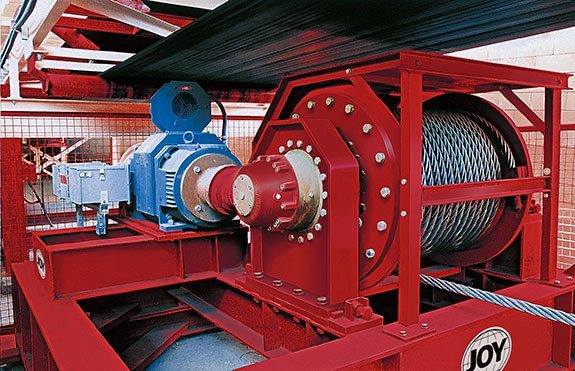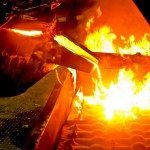Conveyor systems have become an important part not only the transport industry but also many other industries. With every passing day more and more people are becoming aware of their advantages and they are incorporating them in their business. Despite all the advantages that are offered by these amazing systems, they too come with certain shortcomings, belt tracking being the most prominent one. Currently, belt tracking is considered to be one the largest issues of belt conveyor maintenance. When belts are unable to run properly on the pulley the are bound to get damaged not only to the belt but also to the conveyor. This also causes premature wear out of the belts. A number of factors cause belt tracking including pulley accuracy, belt splicing or proper belt tensioning.
Crowned pulleys and V-guiding are the two common methods of belt tracking and in the course of this article; we will discuss the pros and cons of each method separately.
V-guide
There is a plastic that adheres to the back of the V-guided belts. The’ V’ that is there, first hit in a groove that runs the length to the pulleys and conveyor. The main objective of V-guide is to keep make sure that the belt is running straight. The Same material is used in order to ensure the bonding and compatibility between the belt and v guide. The two main materials that are commonly used for the V-guided belt include urethane and PVC. There are other materials also that are used such as the silicon based belts, polypropylene or Teflon belts, but they should never be used with the V-guide. These belts are usually used with the specific applications such as food applications or applications that require high heat.
Advantages of V-guide
- Due to their straight pulley, they have the ability to provide consistent transfer for not only small but also to shaped products.
- They offer multiple traction surface options.
Disadvantages
- They don’t offer a variety of betting options.
- Since the belts are not completely flat, thus heat is required for the bounding process which results in a small bump.
- It cannot be used with a nose bar transfer due to its size.
Crowned Pulley
Crowned pulley comes with tapered ends and cylindrical middle section. The tracking methods work by using the tapered ends in order to steer the belt back to the center. Below we have listed some pros and cons of the crowned pulley.
Advantages:
- It is compatible with most of the belt types
- It can also be used on nose bar transfers
- It can be used with their belts.
Disadvantages
- There is no what so ever control over the belt tracking along the conveyor bed.
- It is difficult to transfer small objects.
What belt tracking system you use depends mostly on your own personal needs, therefore, before choosing the conveyor system to analyze your needs thoroughly.
At May Conveyor, belting is what sets us apart from others as we make our dies in-house by the May Tool & Die Group. We are a custom manufacturer of conveyor belting. We have pre-configured belts of various pitch & chain configurations for OEM & replacement applications as well as custom design capabilities. We provide belts for the metal working, recycling, machining, stamping, OEM, foundry, and mining industries. These precision components meet all automotive standards and is is how we have become known as a top quality supplier. Contact us today!








